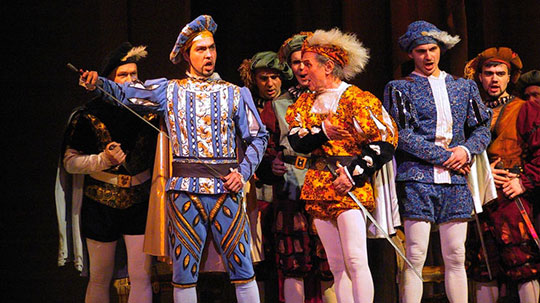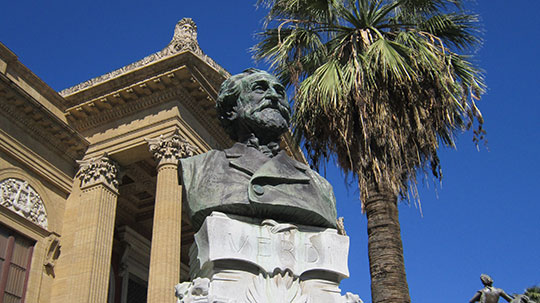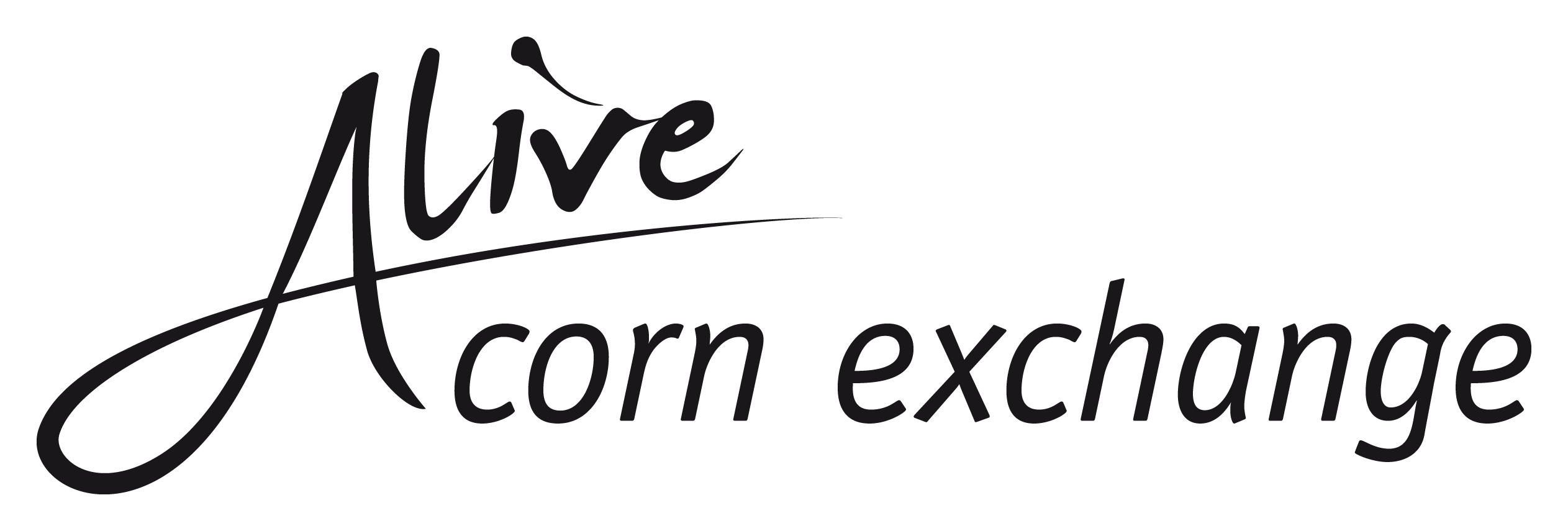At the beginning of the summer of 1850, rumours started to spread that Austrian censorship was going to forbid the production. The censors considered the Hugo work to verge on lèse majesté and would never permit such a scandalous work to be performed in Venice.
In August, Verdi and Piave prudently retired to Busseto, Verdi’s hometown, to continue the composition and prepare a defensive scheme. They wrote to the theatre, assuring that the censors’ doubts about the morality of the work were not justified, but since very little time was left, very little could be done.
At the time, Piave and Verdi has titled the opera La Maledizione (The Curse) and this unofficial title was used by Austrian censor in an emphatic letter written in December 1850 in which he definitely denied consent to its production.
Verdi then decided to have direct negotiations with censors, arguing over each and every point of the work. By January 1851 the parties were able to agree that the action of the opera would be moved from the royal court of France to a duchy of France or Italy and some of the characters would have to be renamed. By January, the opera’s definitive title had become Rigoletto.
Verdi finally completed the composition of the opera on 5 February 1851, a little more than a month before the premiere.
When Verdi wrote Rigoletto, the composer, singers and conductor were in charge of the production and a scenic artist created the sets and costumes – there was no such thing as an opera producer.
The singers were given some of their music to learn on 7 February. However, Verdi kept at least a third of the score at Busseto. He brought it with him when he arrived in Venice for the rehearsals on 19 February and would continue to refine the orchestration during the rehearsal period.
Composers often ‘borrowed’ tunes from earlier operas to fit their current works, but this practice had to be employed judiciously. If the same tune was heard twice in the same town, the audience made their objections known vociferously.
Verdi was very conscious, therefore, while rehearsing the premiere of Rigoletto that the catchiest tune might be spread around the town before the performance and Verdi would be derided as a cheat. So he kept his tenor who was to sing the tune in suspense until the last minute before letting him see it. The composer also demanded maximum secrecy from the rest of the cast, orchestra and theatre staff. La donna è mobile thus went on to be the hit of the opera!
Rigoletto was a great box-office success for La Fenice and Verdi’s first major Italian triumph since the 1847 premiere of Macbeth in Florence.














































































